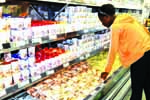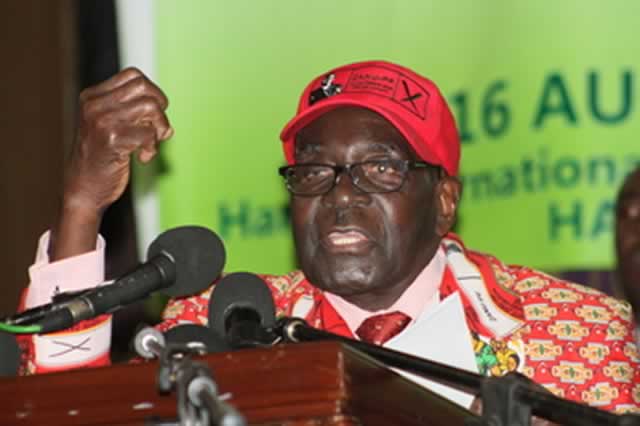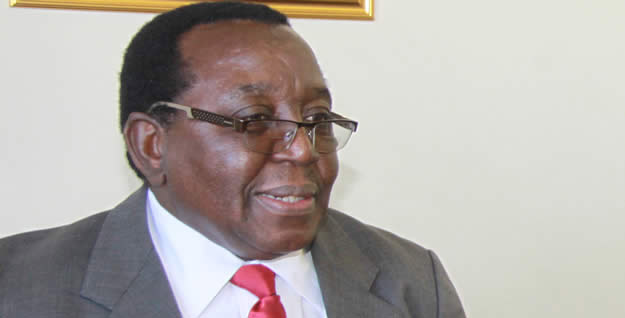Inflation rate increases

Business Reporter
THE annual inflation rate increased by 0,39 percentage points on the June rate of minus 0,08 percent to 0,31 percent in July, as Zimbabwe technically exited deflation.
According to the Zimbabwe National Statistical Agency, this means the price of goods and services rose by an average of 31 percent in the last 12 months.
The annual rate of inflation denotes the rate at which prices change over a given period of time and is normally measured over a year or monthly period. The year-on-year food and non-alcoholic beverages inflation prone to transitory shocks stood at minus 2,88 percent, while non-food inflation was 1,91 percent.
ZimStat reported that month-on-month inflation rate in July 2014 was 0,01 percent, gaining 0,04 percentage points on the June rate of minus 0,03 percent. “This means that prices as measured by the All Items Consumer Price Index increased by an average of 0,01 percent from June to July 2014,” Zimstat said. The month-on-month food and non-alcoholic beverages inflation stood at minus 0,46 percent in July 2014, shedding 0,34 percentage points on June 2014.
“The month-on-month food inflation (rate) stood at 0,24 percent, gaining 0,22 percentage points on the June 2014 rate of 0,02 percent,” ZimStat said.
With an annual inflation rate of 0,31 percent, Zimbabwe has technically exited deflation, which had stoked fears this could trigger company closures. Deflation occurs when the annual rate of inflation falls below zero, signifying falling demand for products, which may force companies to cut prices. This would reduce revenue and profitability for companies, as they may not be able to adjust prices even in instances where costs would be rising.
Aggregate demand has indeed declined in Zimbabwe as companies closed or downsized or struggled to pay living wages due tight liquidity situation.
Debate has been raging about whether or not Zimbabwe had entered real deflation, with some economists arguing it was simply price correction. The economists pushing this school of thought said products were more expensive in Zimbabwe compared to other countries in the region.
This was reportedly due to the mentality most businesses carried over from the hyperinflationary era into the multi-currency regime adopted in 2009.








Comments